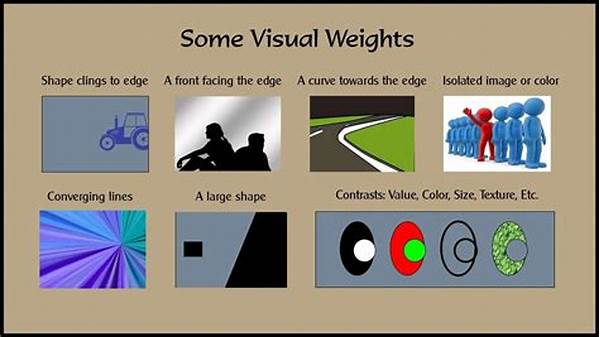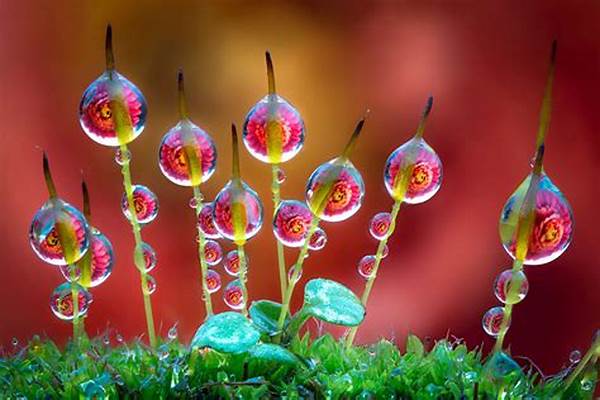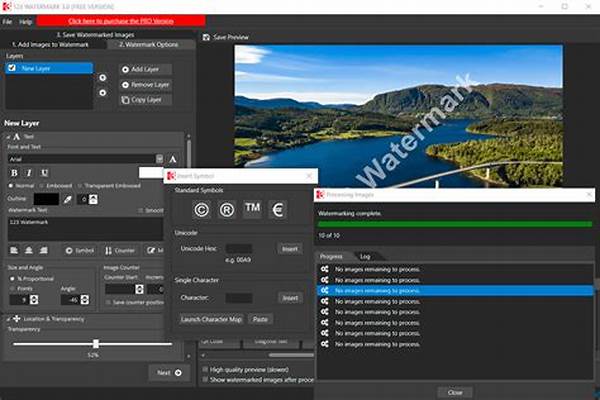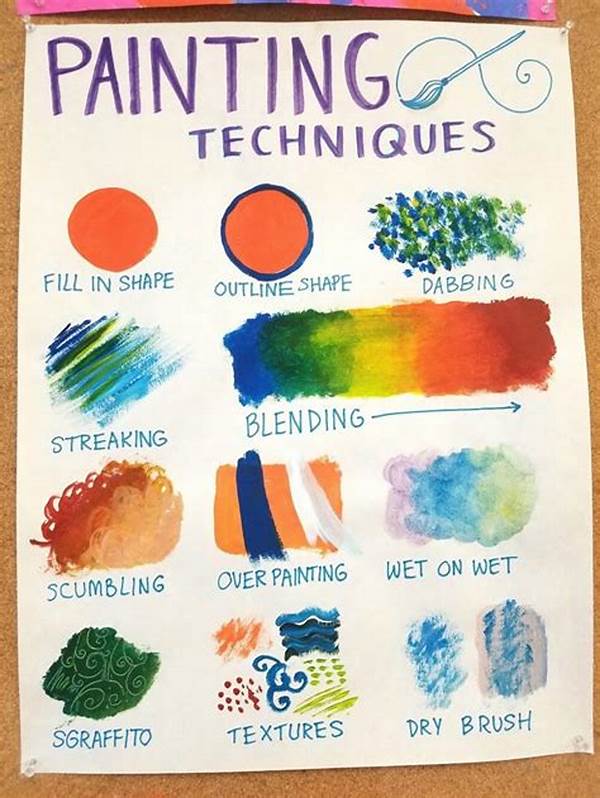Hey there, design enthusiasts! If you’ve ever dabbled in graphic design or just have an eye for aesthetics, you’ve probably heard of visual weight distribution techniques. These nifty strategies are used to guide the viewer’s eye and ensure that your designs don’t just scream chaos but whisper harmony. Let’s dive into this fascinating world where pixels dance in perfect balance.
Read Now : Free High-quality Stock Photo Library
Understanding Visual Weight Distribution
Visual weight distribution techniques are the unsung heroes of balanced and engaging designs. These techniques ensure that every element in your design — be it text, images, or shapes — has its rightful place, making the entire composition pleasing to the eye. Imagine walking into a room and feeling instantly comfortable because everything is perfectly arranged; that’s what visual weight distribution does for a visual piece.
In design, every element carries weight, not in the physical sense but in how much attention it demands from the viewer. Larger objects naturally appear heavier, while smaller ones seem lighter. But it doesn’t stop there! Color, contrast, and texture all play into how we perceive visual weight. For instance, a brightly colored object might seem more substantial than one that is pastel or muted.
By mastering visual weight distribution techniques, you can ensure your designs communicate effectively. These techniques allow you to create a visual hierarchy, highlighting what’s important and ensuring a smooth and natural flow of information. Whether you’re designing a website, poster, or a social media graphic, understanding these principles can greatly enhance your work. You’ll find that viewers are not only interested in your content but also find it easy and enjoyable to navigate through.
Tips for Effective Visual Weight Distribution
1. Contrast is Key: Using contrasting colors can enhance visual weight distribution techniques by making certain elements pop. It’s like wearing a red dress at a black-and-white party!
2. Balance with Asymmetry: Sometimes, perfectly balanced isn’t perfectly interesting. Asymmetrical layouts distribute weight creatively and keep things exciting.
3. Size Matters: Elements with larger sizes often dominate a design. Use this to your advantage to steer viewers with visual weight distribution techniques.
4. Color and Texture: A splash of bold color or intriguing texture can capture attention. Think of these as the main dish at your design feast.
5. Whitespace Wonders: Don’t fear empty space! It can be a power player in visual weight distribution techniques, creating breathing room and emphasizing key elements.
Creative Applications of Visual Weight Distribution
Diving deeper into visual weight distribution techniques is like unlocking the secret powers of design. These techniques are the backbone of pretty much every eye-catching composition. Whether you’re crafting a branding flyer or curating an Instagram feed, distribution will be your best ally.
Ever noticed how some ads or web pages guide your eyes smoothly from one element to another without you feeling lost? That’s the magic of visual weight distribution techniques. They ensure you’re not overwhelmed, allowing important points to stand out naturally. Picture a design like a dinner party: visual distribution ensures everyone’s seated comfortably and the conversation flows without a hitch.
When creating content, consider how visual weight works in tandem with other elements like typography and imagery. It’s like being a conductor for a symphony where harmony is achieved through thoughtful arrangement. Once you start applying these techniques, you’ll notice your designs not only look good but shout confidence and clarity.
Examples of Visual Weight Distribution
1. Symmetrical Layouts: Evenly balanced visual elements create a sense of equilibrium.
2. Focal Points: Bold colors or larger images draw attention to the main message.
3. Seeing Red: Using a pop of color strategically directs the viewer’s focus.
4. Dynamic Angles: Diagonal lines lead the eye naturally across the design.
Read Now : Digital Watermark Apps 2023 Guide
5. Consistent Alignment: Uniform placement lends order and ease of readability.
6. Typography Play: Varying font size and weight can create interest and emphasis.
7. Interconnected Elements: Creating a visual link between elements helps maintain flow.
8. Movement Guidance: Arrows or paths guide viewing direction and hierarchy.
9. Ease with Whitespace: Areas of rest between elements enhance focus on key content.
10. Textured Lines: Lines and borders can subtly influence visual trajectory.
Balancing Act in Design: Achieving Harmony
Picture your design as a seesaw on a playground. Visual weight distribution techniques are about making sure it doesn’t tip on one side, leaving the other stranded in the air. You might be using bold typography on one side, contrasting it with a light, minimal image on the other. This balance doesn’t just happen, it’s like cooking – a pinch of this, a dash of that – until you find the perfect recipe.
By weaving in aspects like texture or shadow, you create depth, which adds weight in the most delightful way. Perhaps you introduce a pop of color in one corner, balanced out by a geometric pattern opposite to it. The goal is to create a journey for the eyes, not a muddle of elements vying for attention. Using visual weight distribution techniques, you ensure coherence without losing creativity.
Keeping your design grounded while infusing it with visual interest is like walking a tightrope. You might have a graphic with dynamic movement on one side, needing balance from calm, negative space on the other. Visual weight distribution techniques are there to ensure your design doesn’t just look good but feels good too, balancing the energetic with the serene, the bold with the subtle.
Getting Creative with Visual Weight
Ever feel like your design’s just not speaking to you? That’s where visual weight distribution techniques come swooping in, cape and all. It’s about ensuring every piece of the puzzle fits just right, like a game of Tetris where each block finds its place in the grand scheme.
When something feels off, think about how elements are interacting. Does that bold header overtake the charming illustration beside it? Maybe the postscript is drowning in a sea of vibrant hues, leaving it feeling more “blah” than “nah.” By applying visual weight distribution techniques, your design not only avoids clashes but also hums with harmony and vibe.
In essence, these techniques don’t stifle your creativity but enhance it, ensuring what you’re creating feels like a cohesive unit. So next time you’re knee-deep in a design project, remember these little nuggets: balance that bright headline with a subtle pattern, let whitespace be your unsung hero, and watch how your creative piece transforms into a visual delight.



